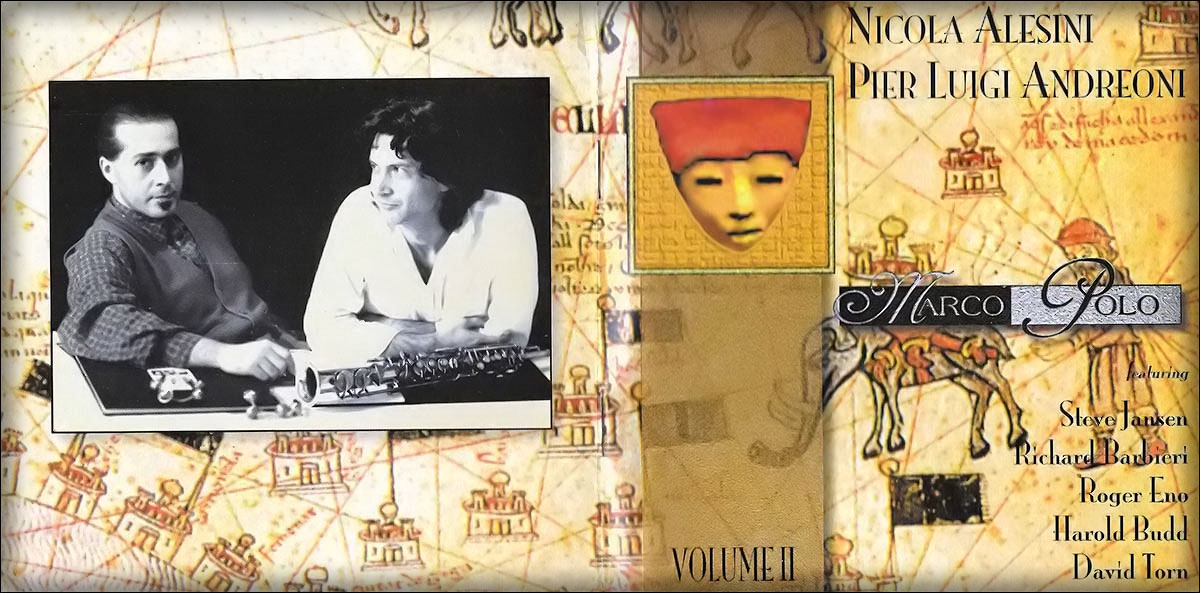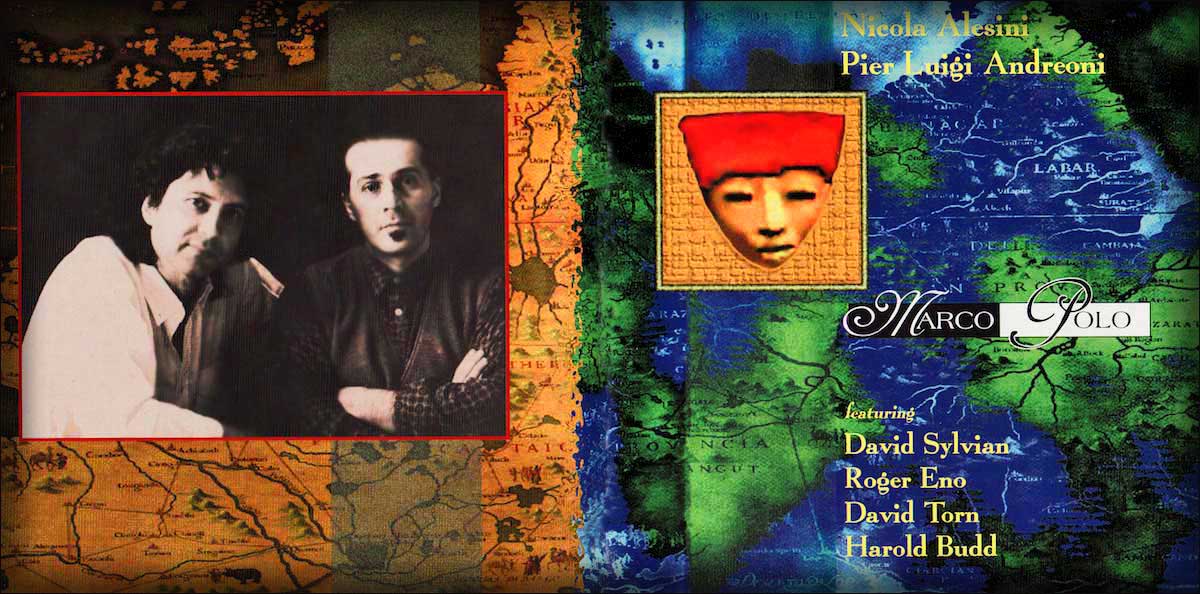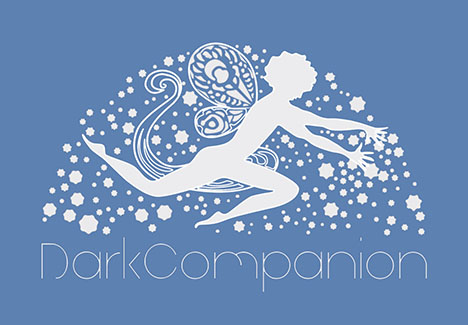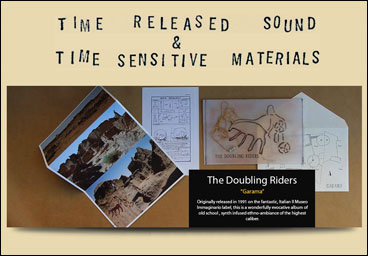Marco Polo Vol. II
Nicola Alesini - Pier Luigi Andreoni

In 1996 the Italian composer duo Nicola Alesini and Pier Luigi Andreoni released a CD entitled Marco Polo, which featured contributions by a number of fine musicians, including David Sylvian, Roger Eno, David Torn and Harold Budd. Three years later they are back with the second installment in their Marco Polo project, this time with Richard Barbieri and Steve Jansen taking the place of David Sylvian, but otherwise reassembling the entire team behind the first volume. In addition to the hour long musical journey to the Far East, this second volume includes a lavish multimedia presentation with interactive video clips, computer animations, slide shows, alternate versions of songs from both Marco Polo releases, and much more. Marco Polo II has -- like its precursor -- been made available by Materiali Sonori, and was produced by Giampiero Bigazzi.
More...
It is clear that both Alesini and Andreoni admire Marco Polo greatly, not only for his historical discoveries, but, maybe even more importantly, for his adventurousness as such. In their compositions, they strive to evoke not only the voyages of Marco Polo, but also the spirit of restlessness and curiosity that guided him in his travels. And, it is an effort that is successful, as witnessed by the virtuoso saxophone performances that wander through the richly detailed musical landscapes of most of the tracks on the CD. In a sense Alesini's saxophone themes become the Marco Polo of the album, travelling along; at times slowly with a tinge of melancholy, and homesickness perhaps; at other times, full of enthusiasm and longing; but, always with a sense of discovery and the unexpected. The grand vistas of sound that Andreoni -- and the many other guest musicians on the CD -- erect, beautifully paint the various locales through which Marco Polo, and now Alesini, traveled.
Here are the foreign cities with their strange noises and languages; here are endless mountainscapes clad in misty clouds; here are fields of flowers and barren, rocky desert regions; and, here are exotic rituals and festivals of sound. Here is also scorching sunshine, biting cold, stormy winds and tropic downpours; and here are the sensations of awe, fear, laughter and love. The brushes that paint are of course the textured synths of Pier Luigi Andreoni, Roger Eno and Richard Barbieri, the talking drums of Steve Jansen, the almost painfully acrobatic electric guitar of David Torn, and Harold Budd's serene piano.
Multimedia...
The multimedia section of Marco Polo II is an entire chapter all to itself. Divided into three sections, the user is invited to explore an interactive map of the Far East, read biographies of the main musicians involved in the project, and listen to alternate versions of a number of tracks from both Marco Polo and Marco Polo II. The most elaborate section is the map. By maneuvering on a large map of the arcane map of the Orient, one explores the geographical regions of Marco Polo's travels. Selected cities on the map represent links that lead to a variety of presentations and entertainments. There are a couple of slide shows; a puzzle; computer-animated video clips that involve the user creatively in the manipulation of the images; a paint program; illustrated quotes from the literary works of Italo Calvino; and a number of other activities. The entire session and all the individual "encounters" are underscored by original -- or remixed -- compositions by Alesini and Andreoni. Alternate versions of nine tracks (seven of which originally appeared on the first Marco Polo CD) are presented in The Marco Polo Music Machine. Slides of Asian period paintings accompany the various songs, which one selects between by clicking on a navigator bar at the bottom of the screen. Some of the featured tracks are "Yangchow," "Maya," "The Golden Way" and "Buchara" from the first volume, "Khanbaligh" from the second, and "Valley Of Pamir" which appeared on both. Finally, there is a small section with photos of the entire team of musicians behind Marco Polo II. Certain of the photographs link to biographical essays that give insight not only into the careers of the musicians, but also their motivations for undertaking this Marco Polo project.
Marco Polo II is in all respects a gorgeous release, and although the final audio track on the CD is "Ritorno A Venezia," which sees Marco Polo return home from his long journey, one still looks forward to future journeys with Alesini and Andreoni. If not in the wake of Marco Polo, then into some other strange and fascinating musical territory.





